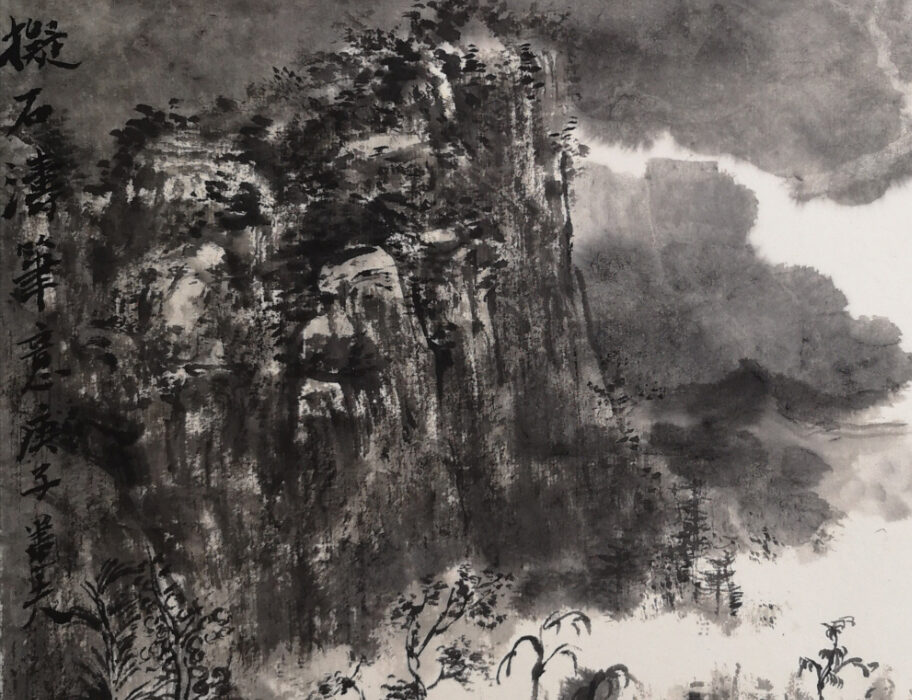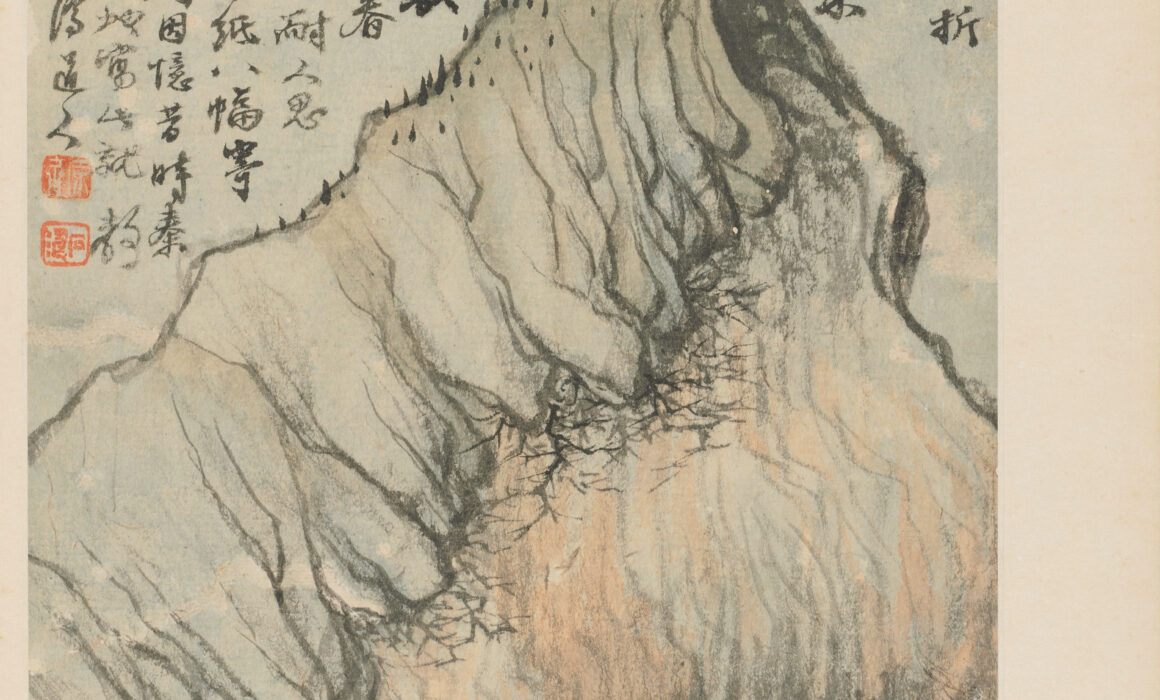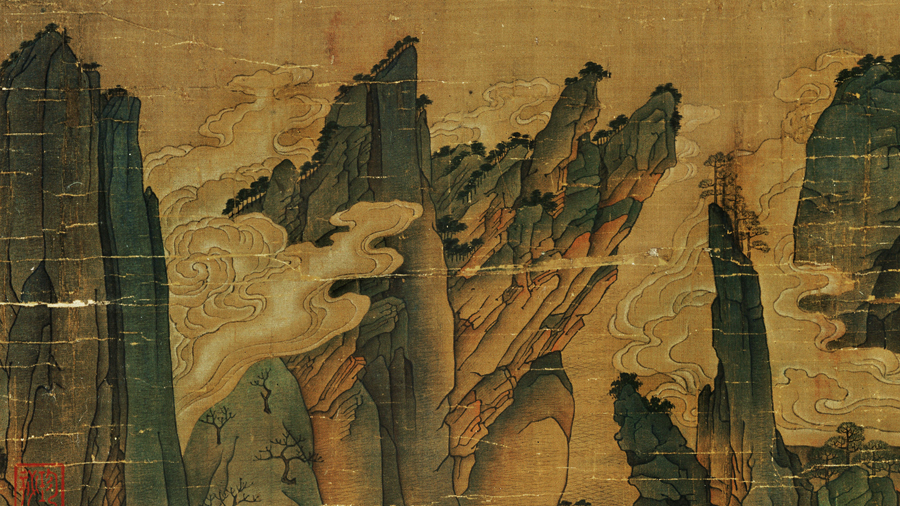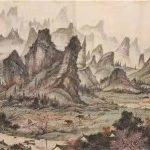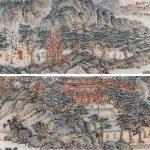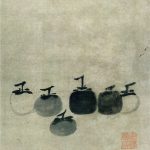Notes on Cai Liang’s Paintings
Issue 1 – Author: Giacomo Bruni
Wenrenhua, (Chinese: “literati painting”) refers to an ideal form of the Chinese scholar-painter who was more interested in personal cultivation and expression than in literal representation or an immediately attractive surface beauty. First formulated in the Northern Song period (960–1127)—at which time it was called shidafuhua 士大夫画 by the poet-calligrapher Su Dongpo 苏东坡 – the ideal of wenrenhua was finally and enduringly codified by the great Ming dynasty critic and painter Dong Qichang 董其昌 .
According to the principle of wenrenhua, the completely literate, cultured artist—learned in all the humane arts—who revealed the privacy of his vision in his painting was preferred over the “professional,” whose paintings were more obviously pleasing to the eye. The contrast is overly categorical, but it is useful still in understanding the major interests and intentions of Chinese painters through the ages.
Read More
